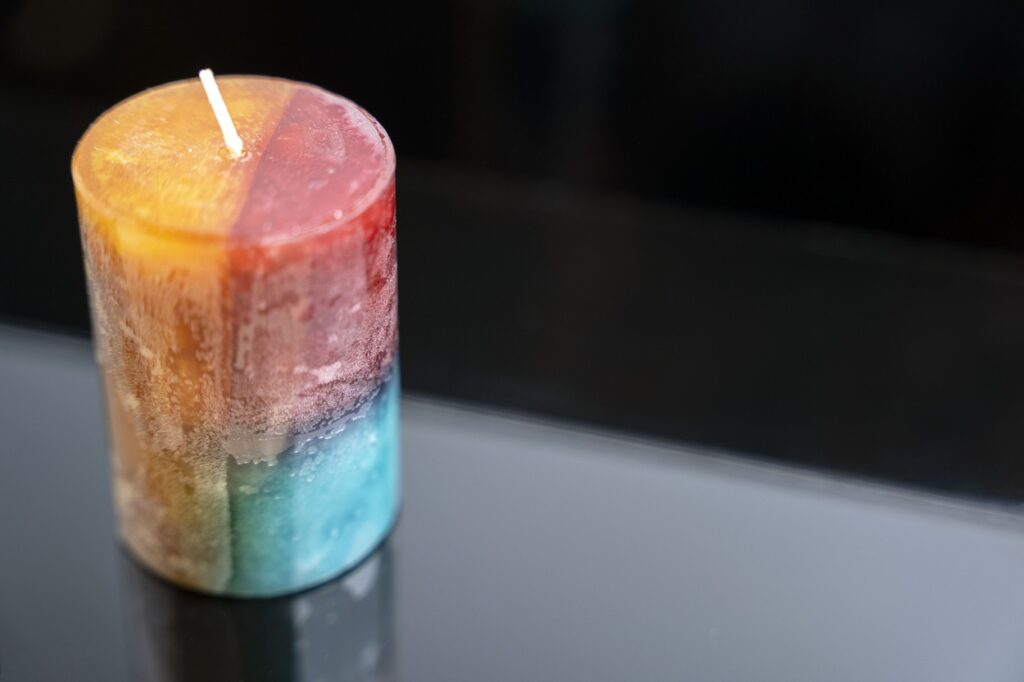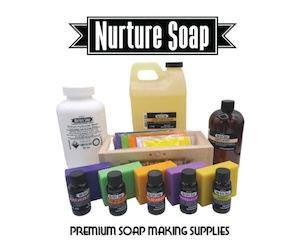Candle Wax Dye:
Candle making is not only an art of fragrance but also one of color and visual appeal. Candle wax dye plays a crucial role in this creative process, offering a way to express style and mood through color. This comprehensive guide delves into the various aspects of candle wax dyes, helping you understand their types, benefits, and how they can transform your candle making.

Understanding Candle Wax Dyes
Candle wax dyes are coloring agents used to add hues to candle wax. Unlike pigments, dyes dissolve in wax, providing a uniform color throughout the candle. The choice of dye can impact not just the appearance but also the burning properties of the candle.
Types of Candle Wax Dyes
- Liquid Dyes: Highly concentrated and easy to mix, liquid dyes offer precise control over the shade.
- Powder Dyes: Offer intense colors and are ideal for large batches. They require thorough mixing to ensure even color distribution.
- Block or Chip Dyes: These are solid dyes that melt into the wax. They are convenient for measuring and are suitable for both small and large batches.
Choosing the Right Dye for Your Candle
Selecting the right dye depends on several factors:
- Wax Type: Some dyes work better with certain types of wax. For example, natural waxes like soy may require more dye to achieve the same intensity as in paraffin wax.
- Desired Color Intensity: Different dyes offer varying levels of color saturation. Liquid dyes are generally better for achieving lighter shades, while powder dyes are ideal for deeper, more vibrant colors.
- Ease of Use: Consider how easy the dye is to work with. Liquid dyes are straightforward, while powders and blocks require more preparation.
Benefits of Using Wax Dyes in Candle Making
- Aesthetic Appeal: Colored candles can enhance the décor and ambiance of any space.
- Personalization: Dyes allow you to create custom colors that can match specific themes or preferences.
- Brand Identity: Unique color combinations can become a signature aspect of a candle maker’s brand.
Safety and Environmental Considerations
When using candle wax dyes, it’s important to consider their safety and environmental impact:
- Non-Toxic Formulas: Opt for dyes that are non-toxic and safe to burn.
- Eco-Friendly Options: Look for dyes that are environmentally friendly and sustainable.
Storing and Handling Dyes
Proper storage and handling are key to maintaining the quality of your dyes:
- Storage: Keep dyes in a cool, dark place to prevent degradation.
- Handling: Use gloves and protective equipment when handling dyes, especially powders, to avoid staining and inhalation.
Having explored the various types and benefits of candle wax dyes, we now delve into the practical aspects of using these dyes effectively. This section focuses on how to achieve vibrant and consistent colors in your candles, covering usage rates, blending techniques, and best practices for incorporating dyes into your candle making process.
Usage Rates and Measuring Dye
The usage rate of candle wax dye varies depending on the type of dye, the wax used, and the desired intensity of color:
- Liquid Dyes: These are typically used in small quantities, often measured in drops. For a medium shade in soy wax, start with 1-2 drops per pound of wax and adjust as needed.
- Powder Dyes: Begin with a small amount, around 0.1% of your total wax weight. Gradually increase to achieve deeper colors.
- Block or Chip Dyes: Start with a small piece of the dye block or one or two chips per pound of wax and adjust for color intensity.
Blending Techniques for Custom Colors Creating custom colors involves blending different dyes. When blending:
- Start with primary colors and experiment with ratios to achieve the desired shade.
- Keep detailed records of your blending ratios for consistency in future batches.
- Test your color blends in small batches to ensure the final result meets your expectations.
Incorporating Dye into the Candle Making Process
- Melting the Wax: Begin by melting your wax to the recommended temperature, usually around 185°F (85°C).
- Adding the Dye: Once the wax is melted, gradually add your dye. For liquid and powder dyes, ensure they are thoroughly mixed to avoid streaking or speckling.
- Stirring: Stir the wax and dye mixture for at least 2-3 minutes to ensure even distribution of color.
Testing for Color Saturation and Consistency
After adding the dye, pour a small amount of the colored wax onto a white surface to test the color saturation and consistency. Adjust the amount of dye as needed based on the test result.
Troubleshooting Common Color Issues
- Fading Colors: Some dyes can fade over time, especially when exposed to light. UV stabilizers can help prevent this.
- Uneven Coloring: Inconsistent coloring can result from insufficient stirring or uneven distribution of the dye in the wax.
- Over-saturation: Adding too much dye can lead to issues like clogged wicks or poor burning. Stick to recommended usage rates.
Safety Considerations When Working with Dyes
- Always work in a well-ventilated area, especially when using powder dyes.
- Wear protective gear, such as gloves and masks, to avoid skin contact and inhalation.
Advanced Coloring Techniques
For those looking to experiment further:
- Layer different colored waxes to create a multi-toned candle.
- Use techniques like marbling for a unique and artistic effect.
Environmental Impact of Candle Dyes
Consider the environmental impact of your chosen dyes. Opt for eco-friendly and non-toxic options where available, and always dispose of any dye-related waste responsibly.
Final Thoughts!
Using candle wax dye effectively requires a balance of art and precision. By understanding the properties of different types of dyes, mastering blending techniques, and adhering to best practices in dye usage, you can create candles that are not only visually stunning but also consistent in quality. Remember, the beauty of a colored candle lies in its ability to tell a story through hue and shade, making it an expression of your artistic vision.



